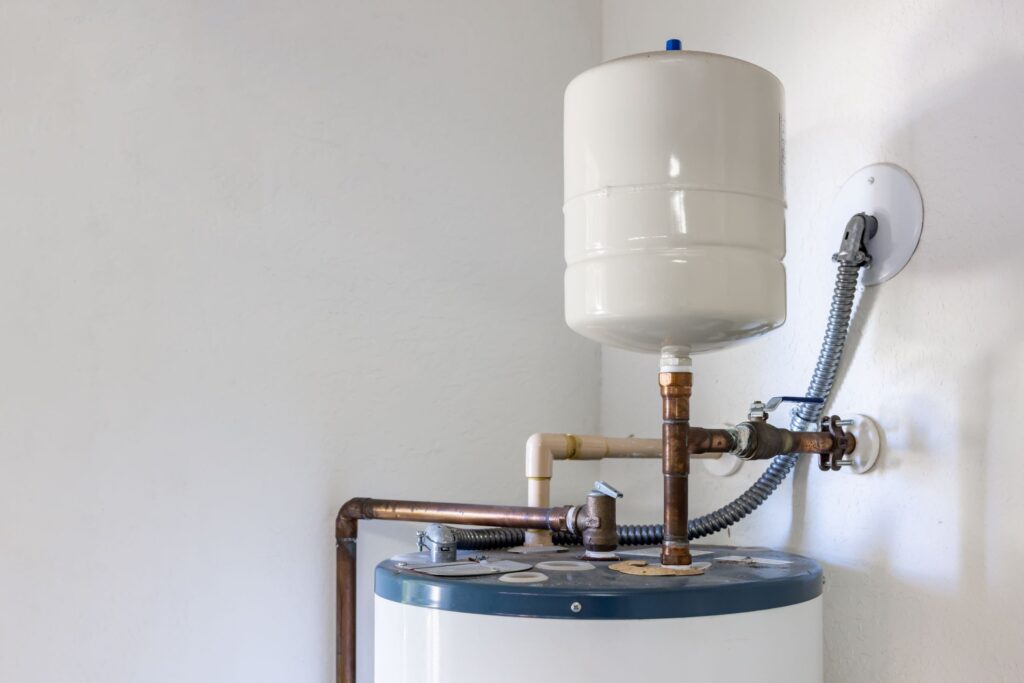Key Maintenance Strategies for Your Home's Hot Water SystemMaking Sure Durability of Your Home's Hot Water System: Maintenance Tips
Key Maintenance Strategies for Your Home's Hot Water SystemMaking Sure Durability of Your Home's Hot Water System: Maintenance Tips
Blog Article
This great article directly below about How to Maintain Your Water Heater & Prolong its Life is exceedingly stimulating. Have a go and make your own conclusions.

Warm water is crucial for daily comfort, whether it's for a rejuvenating shower or washing meals. To guarantee your warm water system runs effectively and lasts much longer, routine upkeep is crucial. This short article offers useful suggestions and insights on just how to keep your home's warm water system to prevent disruptions and costly repairs.
Intro
Keeping your home's warm water system could seem challenging, yet with a couple of basic steps, you can ensure it runs efficiently for many years to come. This overview covers whatever from comprehending your warm water system to DIY maintenance tips and understanding when to contact specialist aid.
Value of Preserving Your Hot Water System
Normal upkeep not only extends the lifespan of your warm water system but also guarantees it runs successfully. Disregarding upkeep can cause decreased efficiency, higher energy costs, and also early failing of the system.
Indications Your Hot Water System Needs Upkeep
Recognizing when your warm water system requires interest can avoid major concerns. Keep an eye out for indicators such as irregular water temperature, strange noises from the heating system, or rusty water.
Recognizing Your Warm Water System
Before diving right into upkeep jobs, it's useful to comprehend the fundamental parts of your warm water system. Normally, this includes the hot water heater itself, pipelines, anode rods, and temperature controls.
Month-to-month Upkeep Tasks
Routine monthly checks can help capture small issues prior to they rise.
Flushing the Water Heater
Purging your water heater removes debris buildup, improving performance and extending its life.
Checking and Replacing Anode Rods
Anode poles stop rust inside the storage tank. Examining and changing them when worn is important.
Examining and Adjusting Temperature Setups
Readjusting the temperature settings ensures optimum efficiency and security.
DIY Tips for Upkeep
You can do a number of maintenance jobs on your own to keep your warm water system in leading condition.
Checking for Leakages
On a regular basis inspect pipelines and connections for leaks, as these can result in water damage and greater expenses.
Testing Stress Relief Valves
Testing the stress relief valve ensures it operates properly and prevents too much pressure buildup.
Shielding Pipes
Shielding hot water pipelines reduces warmth loss and can conserve power.
When to Call a Specialist
While DIY maintenance is helpful, some problems need expert knowledge.
Complex Problems Requiring Expert Help
Instances include significant leaks, electric problems, or if your hot water heater is consistently underperforming.
Regular Specialist Upkeep Benefits
Professional upkeep can include complete examinations, tune-ups, and ensuring conformity with safety requirements.
Verdict
Regular upkeep of your home's hot water system is vital for efficiency, durability, and price savings. By complying with these tips and understanding when to look for professional aid, you can guarantee a reputable supply of warm water without unexpected interruptions.
How to Maintain an Instant Hot Water Heater
Before tinkering with your hot water heater, make sure that it’s not powered on. You also have to turn off the main circuit breaker and shut off the main gas line to prevent accidents. Also turn off the water valves connected to your unit to prevent water from flowing into and out of the appliance. 2. When you’re done, you have to detach the purge valves’ caps. These look like the letter “T” and are situated on either side of the water valves. Doing so will release any pressure that has accumulated inside the valves while at the same time avoid hot water from shooting out and burning your skin. 3. When the purge valves’ caps are removed, you have to connect your hosing lines to the valves. Your unit should have come with three hoses but if it didn’t, you can purchase these things from any hardware or home repair shops. You can also get them from retail stores that sell water heating systems. Read the user’s manual and follow it to complete this task properly. When the hosing lines are connected, open the purge port’s valves. 4. You should never use harsh chemical cleaners or solutions when cleaning your unit. Make use of white vinegar instead. It should be undiluted and you’ll probably use about 2 gallons. 5. Now flush your water heater. This task should probably take about 40 minutes. We can’t give you specific directions for this because the procedure is carried out depending on the type, model and brand of your heater. With that being said, refer to the user’s manual. 6. When you’re done draining the unit, you have to turn off the purge port valves again. Remove the hosing lines that you earlier installed on each of the water valves. Put the valve caps (purge port) back in their respective places and be very careful so as not to damage the rubber discs that are found inside these caps. 7. Now that everything’s back in place, check your user’s manual again to find out how to reactivate your water heating system. 8. Once it is working, turn one of your hot water faucets on just to let air pass through the heater’s water supply pipes. Leave the tap on until water flows smoothly out of it. https://www.orrplumbing.com/blog/2014/september/how-to-maintain-an-instant-hot-water-heater/

As an enthusiastic reader about Tips on Maintaining a Water Heater, I think sharing that chunk was a good thing. Sharing is caring. Who knows, you will be doing someone a favor. We enjoy reading our article about Tips on Maintaining a Water Heater.
Schedule Appointment Now Report this page